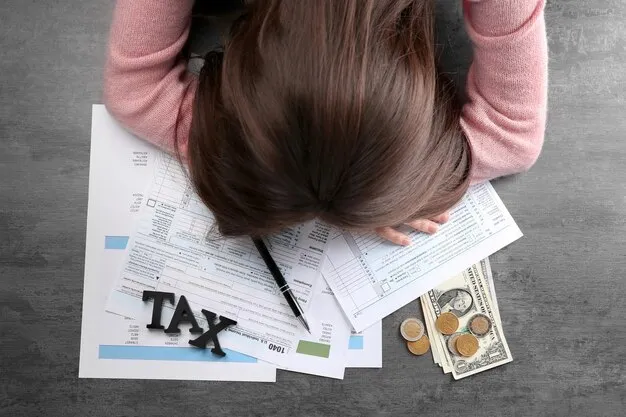Call us today!
Call us today!

Your Health & Wealth
Bodyguard
Our Latest Insights: Blog & Resources

Understanding Tax Implications on Teacher Pensions
Introduction
For retired educators, understanding how teacher pensions are taxed is crucial for effective financial planning. Many teachers assume their pension income will be fully tax-free, only to face unexpected deductions that reduce their monthly retirement income.
Without proper tax planning, retired educators could pay higher-than-expected taxes, impacting their overall retirement savings. This guide will clarify common tax misconceptions, explain how teacher pensions are taxed at the federal and state levels, and provide strategies to minimize tax burdens in retirement.
How Teacher Pensions Are Taxed
1. Federal and State Tax Considerations
Federal Taxes:
Teacher pensions are generally taxable at the federal level as ordinary income.
The IRS taxes pension benefits just like wages, meaning federal income tax is withheld from monthly pension payments unless a teacher opts out.
State Taxes:
Some states tax teacher pensions, while others provide partial or full exemptions for retirees.
Tax-Friendly States for Retired Educators:
No State Income Tax: Florida, Texas, Nevada, Wyoming, South Dakota, Washington, and Alaska.
States That Don’t Tax Pensions: Illinois, Pennsylvania, Mississippi.
States That Tax Pensions Fully: California, New York, Connecticut.
📌 Tip: Before retiring, check your state’s tax policies to understand how much of your pension will be taxed.
2. Taxable vs. Non-Taxable Portions of Pension Benefits
Teacher pensions may have both taxable and non-taxable portions depending on how contributions were made:
Pre-Tax Contributions: If pension contributions were made pre-tax, then all withdrawals are fully taxable.
After-Tax Contributions: If contributions were made with post-tax dollars, a portion of the pension payout is not taxed.
Social Security Impact: Some teachers may receive reduced Social Security benefits due to the Windfall Elimination Provision (WEP), affecting total retirement income.
📌 Key Takeaway: Most pension withdrawals are taxable, but understanding pre-tax vs. post-tax contributions helps with planning.
Strategies to Reduce Tax Burden in Retirement
1. Roth Conversions and Tax Diversification
Roth IRA Conversions:
Teachers can convert a portion of their 403(b) or IRA into a Roth IRA before retirement.
Benefit: While taxes are paid upfront, future withdrawals are tax-free, reducing taxable income in retirement.
Tax Diversification:
Retirees should have a mix of taxable (pensions, Social Security) and tax-free (Roth IRA, municipal bonds) income sources.
Benefit: Strategic withdrawals help control taxable income, minimizing tax brackets.
2. Relocating to Tax-Friendly States for Retirees
Some retired teachers move to states that do not tax pensions or have lower overall tax burdens.
Considerations for relocating:
State income tax rates
Property and sales tax impact
Cost of living and healthcare expenses
📌 Example: A retired teacher from New York (high tax state) moving to Florida (no state income tax) could save thousands in annual taxes.
Final Thoughts
Why Tax Planning Should Be Part of a Teacher’s Retirement Strategy
Proper tax planning ensures that educators maximize their retirement income and avoid paying unnecessary taxes. By understanding taxation rules, teachers can:
✅ Optimize pension withdrawals
✅ Lower taxable income through Roth conversions
✅ Relocate strategically to save on taxes
Encouragement to Work with Tax Professionals for Optimization
A tax professional can help educators: 📌 Develop a tax-efficient retirement plan 📌 Avoid costly tax penalties on pension withdrawals 📌 Ensure compliance with federal and state tax laws
📌 Take action today—consult a tax expert to secure your financial future!


